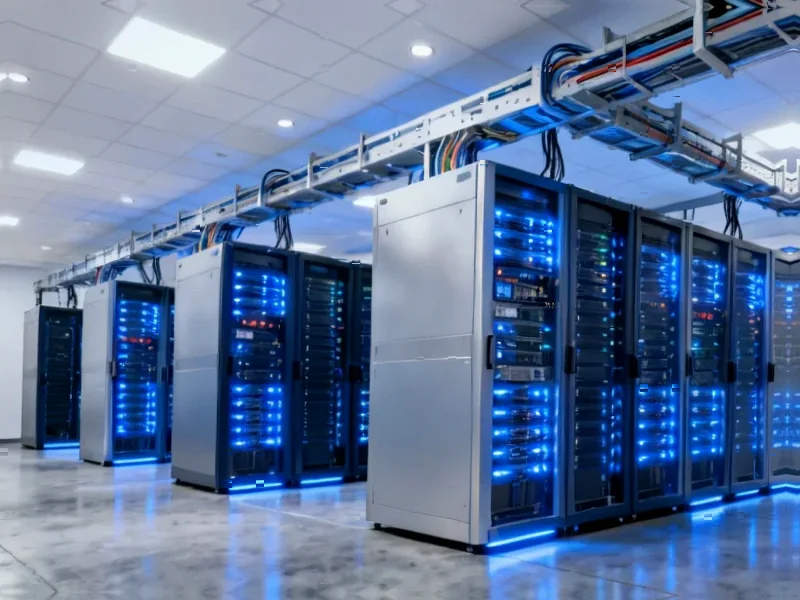According to Techmeme, OpenAI has reportedly secured a series of massive technology deals including a $500 billion “Stargate” project, $100 billion agreements with both Nvidia and AMD, a $38 billion Amazon deal, and partnerships with Intel ($25B), TSMC ($20B), Microsoft ($13B), Oracle ($10B), and Broadcom for an unspecified multi-billion dollar amount. The company has also launched a browser to compete with Chrome, become the world’s most valuable private company, and is considering a $1 trillion IPO by 2027. These developments suggest we’re witnessing a generational technological revolution with unprecedented capital deployment. The scale of these reported commitments raises critical questions about sustainability.
The Numbers Don’t Add Up
Let’s start with basic arithmetic: the reported deals alone total approximately $716 billion, which exceeds the GDP of Switzerland. For context, Matthew Stoller’s analysis of tech industry concentration highlights how these numbers would represent an unprecedented concentration of capital in a single company’s supply chain. The semiconductor industry’s entire global revenue was approximately $574 billion in 2022 – OpenAI’s reported commitments would require essentially commandeering the entire global chip industry for multiple years. Even if these are multi-year commitments, the annual capital requirements would dwarf what any private company has ever managed to deploy effectively.
The Semiconductor Supply Chain Fantasy
The reported deals with Nvidia, AMD, Intel, and TSMC reveal a fundamental misunderstanding of how semiconductor manufacturing actually works. Industry experts note that TSMC’s entire 2023 revenue was $69 billion – a $20 billion commitment to one customer would represent nearly 30% of their business, something that would trigger antitrust concerns globally. Similarly, Nvidia’s data center revenue for fiscal 2024 was $47.5 billion – a $100 billion deal would require them to more than double their production capacity exclusively for OpenAI. The physics of semiconductor fabrication simply don’t support these timelines or volumes.
The AI Capital Bubble
What we’re potentially witnessing is the inflation of the largest technology bubble in history. Financial analysts observing these developments note that when you combine massive reported deals with a potential $1 trillion IPO valuation, you create a self-reinforcing cycle where perception drives reality. The danger emerges when companies feel pressured to announce increasingly ambitious projects to maintain their valuation momentum. We saw similar dynamics during the dot-com bubble, where companies like Webvan and Pets.com raised billions based on growth narratives that ultimately couldn’t sustain their capital burn rates.
The Inevitable Regulatory Backlash
If even a fraction of these reported deals materialize, they will trigger global regulatory responses that could paralyze OpenAI’s ambitions. Antitrust experts are already raising alarms about the concentration of AI development and compute resources. The European Union’s Digital Markets Act, US antitrust enforcement, and China’s regulatory apparatus would all likely intervene to prevent any single company from dominating such critical infrastructure. The political reality is that no government will allow a private company to control what could become the foundational technology of the next century.
The Technical Reality Check
Beyond the financial and regulatory challenges, there are fundamental technical constraints. Machine learning researchers point out that simply throwing more compute at AI problems encounters diminishing returns. The scaling laws that drove progress from GPT-2 to GPT-4 may not continue indefinitely. Energy requirements for training models at this scale would require dedicated power plants, and the environmental impact would be substantial. The assumption that bigger always equals better in AI is being challenged by researchers exploring more efficient architectures and training methods.
A More Realistic Path Forward
The more likely scenario is that these reported numbers represent aspirational targets or multi-decade roadmaps rather than immediate commitments. Sam Altman’s own statements have emphasized the need for massive investment in AI infrastructure, but the actual deployment will likely be more measured and phased. The successful companies in this space will be those that balance ambition with operational reality, focusing on sustainable growth rather than headline-grabbing numbers. The true revolution may come from more efficient models and better algorithms rather than simply larger compute budgets.
The bottom line: While the AI revolution is real and transformative, the reported scale of OpenAI’s ambitions should be viewed with healthy skepticism. The history of technology is filled with overhyped projections that eventually collided with economic, technical, and regulatory reality. The companies that ultimately succeed will be those that navigate these constraints while delivering real value to users and society.




